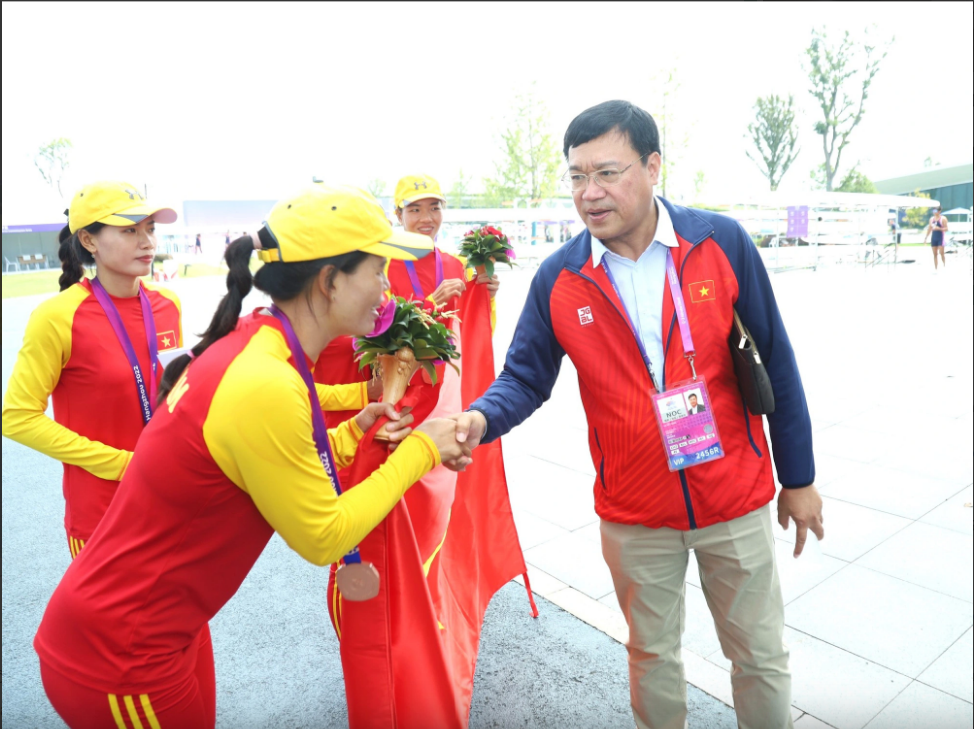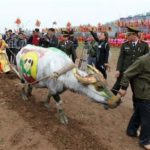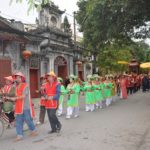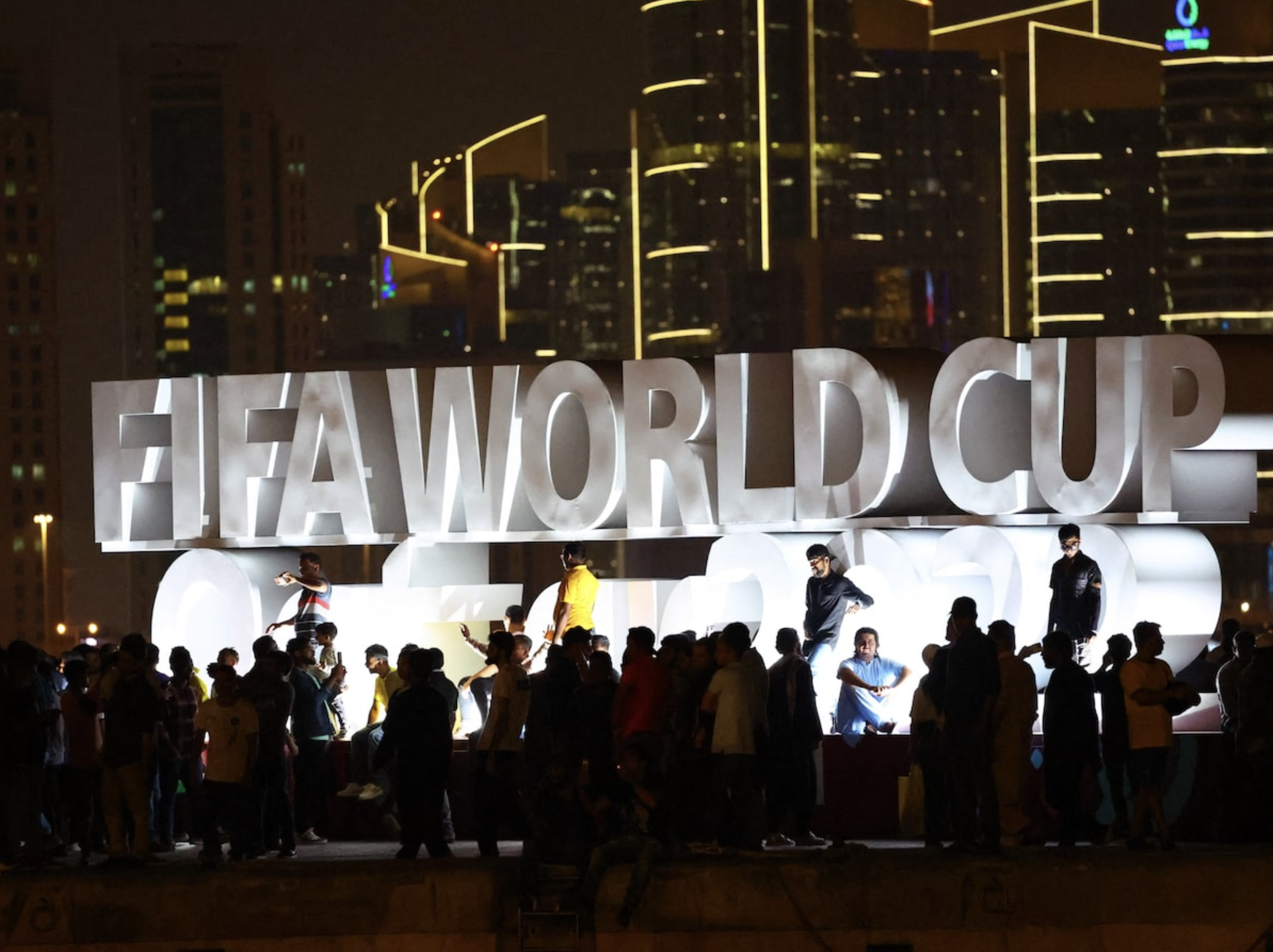The Vietnamese delegation concluded ASIAD 19 with three golds, five silvers, and 19 bronzes. They ranked sixth among Southeast Asian countries and 21st in Asia.
Despite meeting their gold medal target of two to five golds, Vietnam fell behind other regional competitors.
In contrast, Vietnam dominated the 2022 and 2023 Southeast Asian (SEA) Games, winning 205 and 136 gold medals respectively, surpassing other countries in the region.
At ASIAD 19, however, Vietnam ranked sixth among Southeast Asian countries, trailing Thailand, Indonesia, Malaysia, Singapore, and the Philippines.
Vietnam secured the overall 21st position at ASIAD 19, while Thailand ranked eighth.
Nevertheless, Vietnamese athletes participated in the games with great national pride. Some sports teams, such as shooting, sepak takraw, and karate, achieved their goals excellently, according to Viet.
Although some athletes did not win medals, they showed significant progress.
In addition, the Vietnamese women’s volleyball team made history by finishing fourth at ASIAD 19.
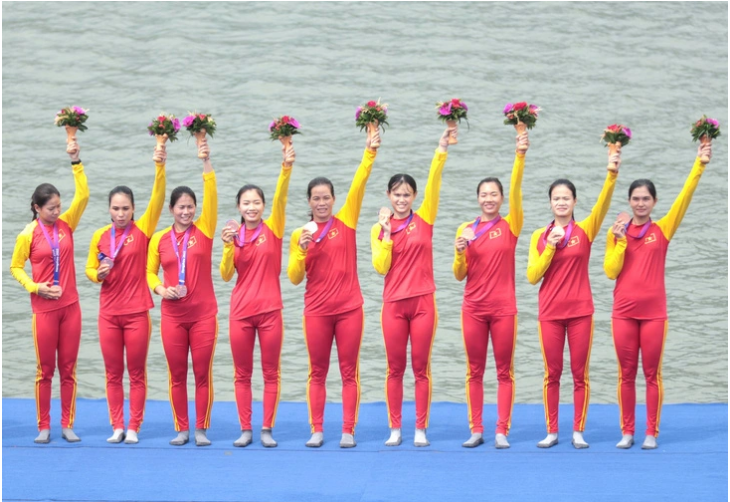 |
| Limited heights and weight are Vietnamese athletes’ weaknesses. Photo: Quy Luong / Tuoi Tre |
However, ASIAD 19 had moments of regret as cyclist Nguyen Thi That and karate player Hoang Thi My Tam were injured prior to the tournament, preventing them from winning medals.
While shooter Pham Quang Huy won a gold medal at ASIAD 19, other shooters, namely Phan Cong Minh, Ha Minh Thanh, and Trinh Thu Vinh, failed to secure any medals despite performing well before the games.
Viet admitted that Vietnamese athletes’ physical strength and stature are inferior to those of their opponents. Vietnam has plans to improve the physical strength and height of its people, but the implementation has been hindered by the lack of coordination from other sectors such as healthcare and education.
For instance, Vietnam excels in lightweight rowing and won a gold medal in that event at ASIAD 18. However, the event was not included in this year’s tournament, so Vietnamese rowers had to focus on heavyweight rowing instead. Additionally, Vietnamese rowers are generally shorter and lighter than their Chinese competitors.
Viet affirmed that Vietnam’s sports development requires a comprehensive, scientific, and methodological process for selecting and training athletes, as well as preventing and treating their injuries.
The availability of personnel and modern equipment is also crucial to support athlete testing and assessment, analysis of rivals, and the development of a competition system at elementary schools.
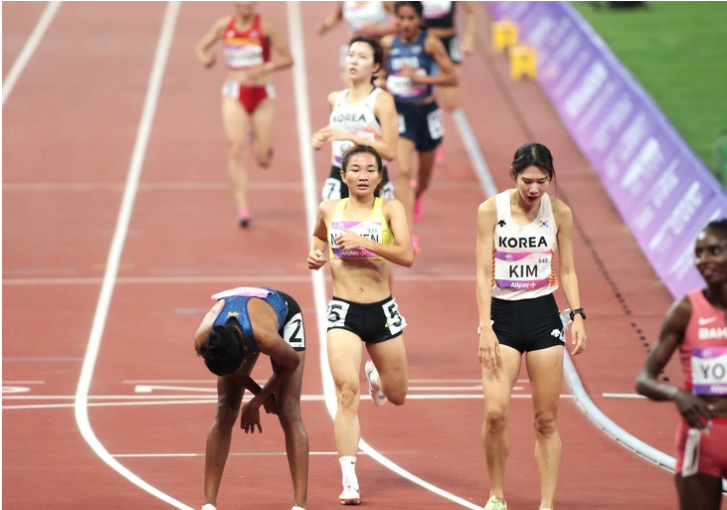 |
| Vietnam’s athletics squad finishes ASIAD 19 empty-handed. Photo: Duc Khue / Tuoi Tre |
Explaining the contrast between Vietnam’s dominance at the SEA Games and their poor performance at ASIAD, Viet stated that ASIAD and the Olympics are high-performance tournaments in Asia and the world, respectively.
World sport researchers have revealed that these tournaments are dominated by large economies.
ASIAD witnesses fierce competition among China, Japan, and South Korea, while the Olympics involve the US, China, and Japan.
Large economies can invest in sports development with well-trained human resources, strong financial capacities, and advanced science and technology.
Viet hopes that Vietnamese sports teams will continue to receive support from local agencies and fans.
“We will continue striving to improve Vietnam’s sports performance,” promised the official.
ASIAD 19 took place from September 23 to October 8, 2023, in Hangzhou Province, China. The tournament featured 40 sports and 483 events.
Vietnam sent a delegation of 504 members, including 337 athletes, 90 coaches, and 11 experts, among others. Vietnamese athletes participated in 31 sports and 202 events.

